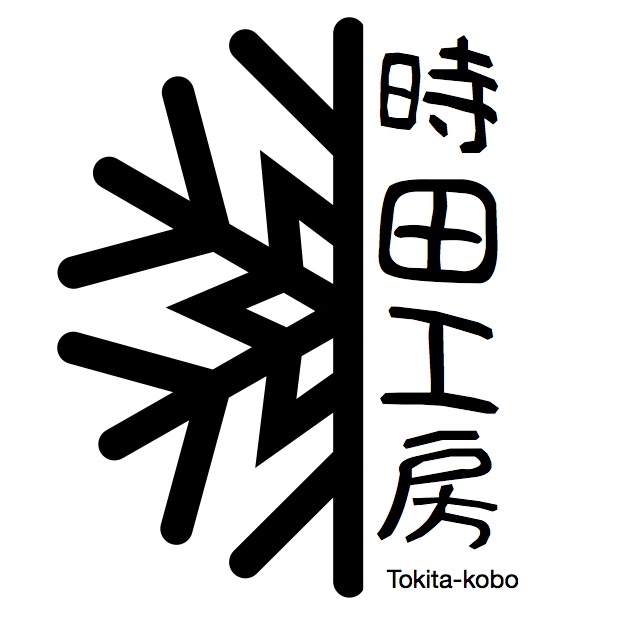Japan’s Summer Festivals Full of Sound, Color, and Tradition
When summer arrives in Japan, it’s not just the cicadas that buzz with excitement—Natsumatsuri (夏祭り), or summer festivals, take over streets, parks, shrines, and riversides across the country. These events are vibrant blends of traditional customs, local flavors, music, and fireworks that bring entire communities together.
So, what can you expect to find at a typical Natsumatsuri? Let’s explore the highlights:
1. Fireworks (Hanabi Taikai)

Fireworks displays are a must-see part of summer festivals. Known as hanabi taikai (花火大会), these shows light up the night sky in dazzling patterns, often lasting for over an hour. Families, couples, and friends dress in yukata and sit on picnic blankets to enjoy the show.
2. Traditional Dress – Yukata

At Natsumatsuri, many people wear yukata (浴衣)—a casual summer kimono made of cotton. Men, women, and even children dress up to stroll through the festival grounds, creating a nostalgic and festive atmosphere.
3. Festival Food Stalls (Yatai)

You’ll find rows of yatai (屋台)—festival food stalls offering delicious Japanese street food. Popular treats include:
- Takoyaki (octopus balls)
- Yakisoba (fried noodles)
- Kakigori (shaved ice with syrup)
- Corn on the cob
- Candied apples (ringo-ame)
- Chocolate-covered bananas
- Grilled squid (ika-yaki)
Each bite brings you closer to the flavors of Japanese summer.
4. Festival Games

Natsumatsuri isn’t just about food and fireworks—it’s full of fun games for all ages! Some classic options include:
- Kingyo Sukui (金魚すくい) – scooping goldfish with a delicate paper scoop
- Yo-yo Tsuri (ヨーヨー釣り) – fishing for water balloons
- Shateki (射的) – a cork gun shooting gallery
- Senbonbiki (千本引き) – a string lottery game
These booths create a nostalgic, playful vibe and bring out everyone’s inner child.
5. Bon Odori (盆踊り) – Traditional Dance

In many summer festivals, you’ll see (or join!) Bon Odori, a traditional folk dance performed around a central stage called a yagura. Dancers wear yukata and move in synchronized steps to the rhythm of taiko drums and festival music. The dance honors ancestors and is often part of Obon—a Buddhist summer holiday.
6. Mikoshi Processions and Local Customs

In more traditional festivals, you might see mikoshi (神輿)—portable Shinto shrines carried through the streets by teams of people chanting and cheering. These parades can be lively and energetic, connecting the community with Shinto beliefs and gods.
Some regions also feature unique local customs, floats (dashi), or lantern processions.
Why Natsumatsuri Matters
Natsumatsuri is more than just summer fun. It’s a celebration of community, heritage, and nature’s cycles. It’s a time to feel connected—to your neighbors, your family, and centuries of tradition.
Experience Natsumatsuri in Ontario!
Can’t go to Japan this summer? No problem! In Ontario, you can still experience authentic Natsumatsuri at these upcoming events:
- July 12 (Sat) – Japanese Canadian Cultural Centre in Toronto, 5 PM–9PM
- July 19 (Sat) – Japan Festival in Sudbury, 11 AM-5PM
- August 9 (Sat) – CJCC in Hamilton, 11PM–
If you want to enjoy Japanese summer, come and say hi to us at the Tokita Kobo booth!
